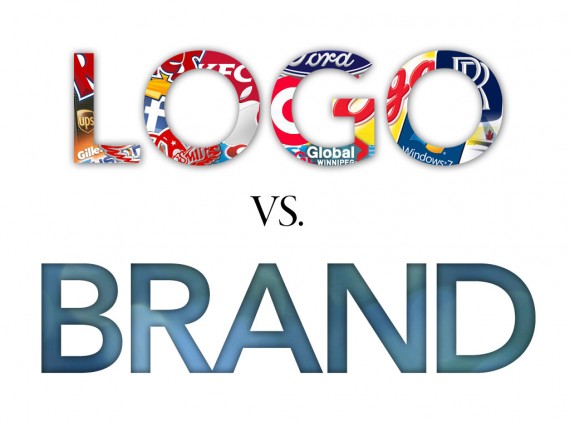
Are you about to launch a business?
As most startups get started, their owners tend to hear two words a lot: brand and logo. Many people assume they are the same things and may even set out getting a logo that, in the end, doesn’t serve their brand well.
Understanding the difference between a brand and a logo becomes key when you first begin your company. Your logo is a part of your brand, but your brand goes beyond just your logo.
Want to know what we mean?
Keep reading to find out!
The Difference Between a Brand and a Logo
So, what is the difference between a brand and a logo? Why isn’t it enough to just create a logo and call it your brand?
Think of your logo as something that represents your company. In it, you want to put a lot of effort into making it reflect your personality, your tone, and give whoever looks at it an idea of what you do.
Your logo, in short, needs to represent you in some way and be a concise and attractive summary of what you do. It also needs to be an item with which you can let the world know something belongs to you, whether it be a website, a press release, or a message in an e-mail marketing campaign.
Your brand, on the other hand, goes beyond your logo. It’s your company’s outward persona. It consists of the colors you use on your website, your tone of voice in your web copy and e-mail correspondence, and the overall personality you exude. Any time you publish an article, make an update to your website or social media, or interact with a customer, you’re contributing to your brand.
In fact, your branding includes anything that represents you as an organization. That includes your logo.
Creating Your Brand
But how do you create a brand that represents your company well and matches your desired personality?
Several components go into making a brand. Let’s get into them below.
Defining Who You Are
When you think of your company, what do you envision?
Do you picture a website with a sleek, professional image? Do you want to give off the impression that you are qualified and capable of handling challenges?
Or do you think of yourself as a more relaxed kind of brand, focused on engaging with your clients and meeting a need in their lives?
Whatever you decide, sit down and make sure you get it writing. If you have a team, brainstorm with them on how to represent your company through your brand, and then keep that personality in mind as you go about creating your website and marketing materials.
Deciding on Your Target Audience
A large portion of your branding materials will be targeted toward the people most likely to purchase your products.
For instance, if you sell office supplies to other companies, you’ll want to gear your marketing and branding toward business professionals. This might mean adopting a more formal tone and using muted colors, and selecting images that signal your professionalism.
On the other hand, if you target young women in their 20s who are looking for self-care items, you might use brighter, more relaxing and refreshing hues and a friendlier and more casual tone for your brand.
Choosing Your Colors
Color choice adds to your brand by helping you set the tone for your company. When you choose the correct colors, your clients don’t even need to read your text to know the personality of your business.
Your colors immediately set the atmosphere of your website and brand and give your clients a first impression. A beautiful color palette also catches the eye of your customer.
Creating Your Logo
Once you have your colors and your tone figured out, start creating your brand logo.
Remember that for many people, your logo may be the first thing potential customers see or notice. They need to be able to get a feel for your company after just looking at it and come to an accurate conclusion about what you do.
That’s why choosing your logo is part of your branding. It reflects who you are at a simple glance.
When you build your logo, you need to take into consideration what you want to communicate. It should incorporate your color palette, your name, and preferably, a short tagline that describes what you do.
Not sure if your logo matches your brand? Ask your friends and family who don’t know anything about the brand of your company to look at potential logos and describe the impression they get from it.
Making a Logo That Looks Professional
If your logo is part of your branding, it will eventually come to represent your company.
Just as you wouldn’t want to send out an e-mail riddled with grammatical errors and spelling mistakes, you don’t want a logo that appears unprofessional. Too many companies sell themselves short by creating a wonderful business with a foolproof business model but then fail to perfect their logo.
Often, startups don’t have much money and don’t want to spend on a good graphic design for business service. Yet, this is absolutely critical if you want to make a good impression. Take a look at your company’s finances and figure out how much you’re able to spend on a professional designer (or designer company) and hire someone to make your logo for you.
Are You Ready to Become a Business Leader?
So, what’s the difference between a brand and a logo?
A brand is the expression of a company’s personality. A logo, on the other hand, is part of that brand, but there’s more to a brand than just a logo. When you create a business, you need to think carefully about your brand and logo, as they both impact the impression your company gives.
Are you ready to become a business leader? If so, check out the rest of our articles today!


 How to Upgrade a Character in WoW Classic?
How to Upgrade a Character in WoW Classic?